Communication Milestones
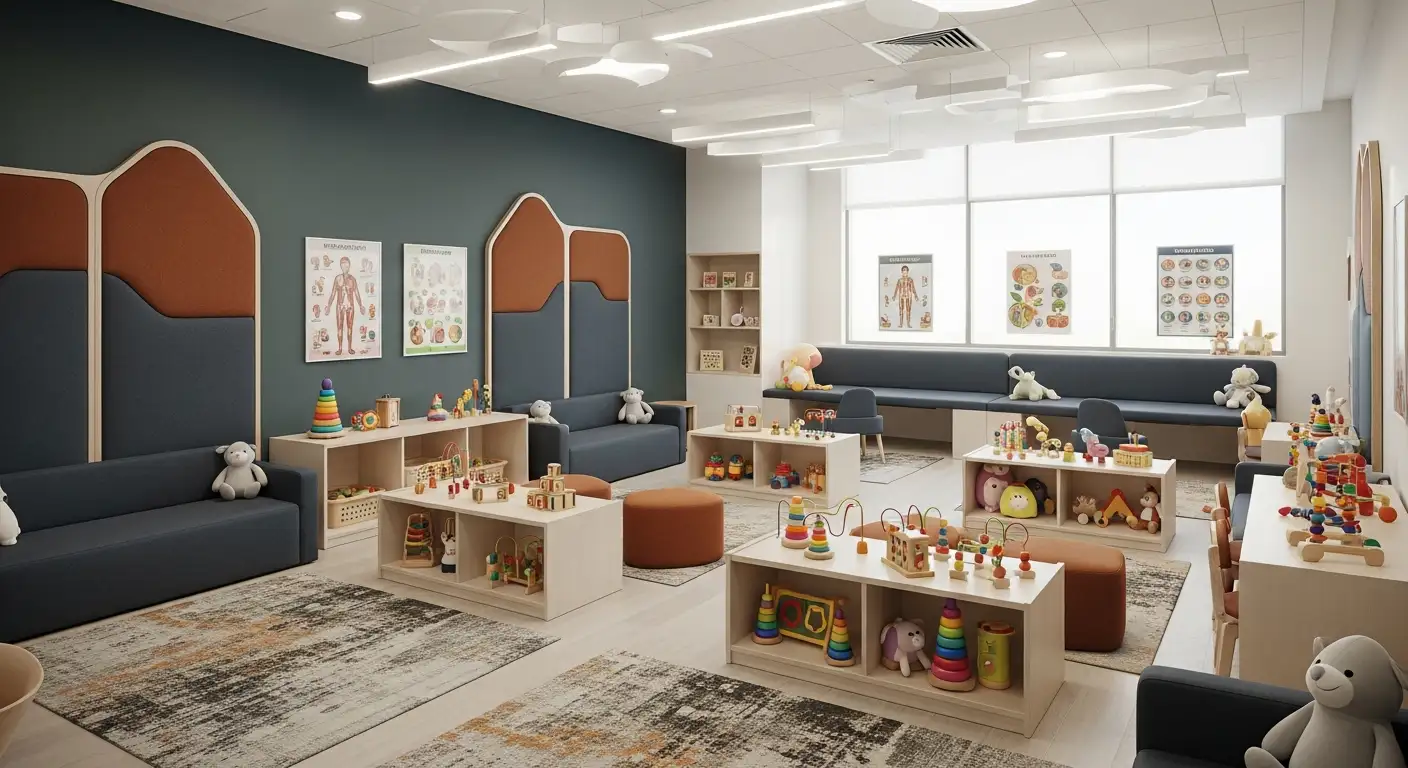

Understanding Communication Milestones in Early Childhood
Communication milestones are critical indicators of a child's development, encompassing not only speech and language skills but also social interaction and cognitive growth. Recognizing these milestones and any potential delays early on enables parents and professionals to provide timely support, helping children achieve their fullest potential in communication and overall development.
What Are Communication Milestones and Why Do They Matter?
Definition of developmental milestones
Developmental milestones are specific skills or behaviors that children typically achieve at certain ages. These milestones span physical, cognitive, language, social, and emotional domains, and serve as essential markers to track a child's growth and progress from infancy through childhood.
Focus on communication milestones within overall development
Among these developmental areas, communication milestones are particularly critical. They include early vocalizations like babbling with consonants around six months, first words such as “mama” or “baba” by nine months, and progressing to full-sentence speech and storytelling as the child grows. Communication milestones involve both verbal and nonverbal skills — encompassing gestures, understanding simple commands, and social communication abilities.
Importance of early detection and intervention
Early identification of delays in communication can prevent future difficulties in social interaction, learning, and academic success. Screening tools, usually performed at key ages like 9, 18, and 30 months, help detect concerns early. When delays or atypical patterns appear, timely intervention — such as speech therapy or developmental therapy — significantly enhances language, cognitive, and social skills by capitalizing on the heightened brain plasticity during the first years of life.
Domains included in communication milestones
Communication milestones fall under the broader language domain but also intersect with social and cognitive development. They cover:
- Expressive language: using words and sentences to communicate
- Receptive language: understanding spoken words and instructions
- Nonverbal communication: gestures, eye contact, and facial expressions
- Social communication: using language in social contexts, taking turns, and engaging in cooperative play
Monitoring these milestones closely enables parents and professionals to support healthy communication skills essential for lifelong learning and relationships.
Typical Communication Developmental Milestones From Infancy to Toddlerhood

Examples of Early Language Milestones
Communication development begins early in infancy with simple sounds and gestures. By around six months, babies typically start babbling, using consonant sounds as part of their vocal experimentation.
Babbling and First Words
Babies progress from babbling to saying their first words by the end of their first year. Around nine months, they often say simple words like "mama" or "baba" and begin to understand basic commands.
Gestures and Simple Commands
Alongside spoken language, infants use gestures such as pointing by nine months and waving or making other hand movements. At twelve months, they respond to simple instructions and use gestures to communicate needs.
Progression to Sentences and Storytelling
As toddlers grow, their language becomes more complex. They move from single words to forming short sentences, and eventually engage in simple storytelling using full sentences, showing an increasing ability to express ideas.
Social Communication Skills Like Eye Contact and Play
Social communication develops simultaneously. Early on, infants make eye contact and smile to connect with caregivers. Toddlers begin initiating play with others, take turns, and use language to express feelings and participate in social interactions.
These milestones highlight the typical trajectory of communication development from birth through toddlerhood, underscoring the gradual increase in complexity and social engagement in language use.
Signs That Indicate Potential Communication Delays

What Are Common Warning Signs in Speech and Social Communication?
Early signs of communication delays often include limited babbling by six months, absence of gestures such as pointing or waving by nine to twelve months, and lack of single words by twelve months. Children who show little interest in social interaction, do not respond to their name, or fail to imitate sounds may also indicate potential delays.
What Indicators Should Parents and Caregivers Watch For?
- Little or no babbling by six months
- No gestures like pointing or waving by nine to twelve months
- Lack of simple words such as "mama" or "baba" by twelve months
- Absence of eye contact, smiling, or social play
- Difficulty responding to simple commands or engaging in back-and-forth interaction
These indicators suggest difficulties in both speech and social communication skills, which are critical for later language development.
How Do Pediatric Evaluations Help Spot Delays?
Primary care providers play a crucial role in monitoring a child’s development through regular assessments during well-child visits. They educate parents, observe developmental progress, and refer children for further evaluations or early intervention services if delays are suspected. This consistent surveillance ensures timely support.
Why Are Early Screening Tools Important?
Tools like the Denver Developmental Screening Test and the Ages and Stages Questionnaires are recommended at 9, 18, and 30 months. These standardized measures help detect delays early by identifying specific communication challenges. Early screening enables prompt therapy interventions, improving outcomes in speech, social skills, and overall development.
Recognizing these signs early, combined with professional assessment, ensures children receive supportive services during critical periods of brain development, greatly boosting their potential for effective communication and social interaction.
Role of Various Therapies in Supporting Communication Development
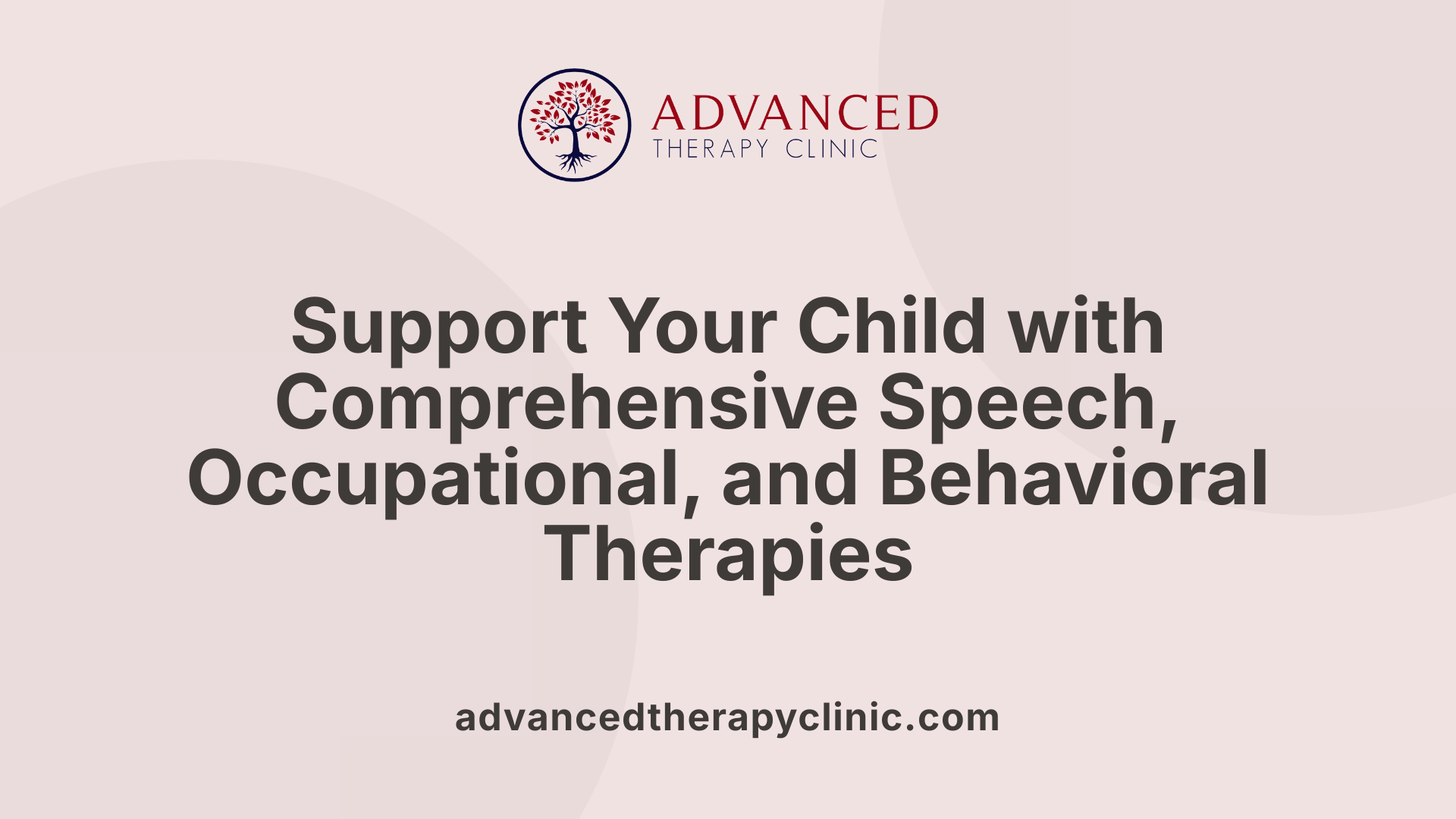
Speech therapy focus and methods
Speech therapy primarily aims to improve both verbal and nonverbal communication skills. Therapists assess individual communication challenges and tailor goals that strengthen foundational language abilities such as gestures, requesting, following directions, expressive and receptive language, and vocabulary expansion. Methods commonly used include play-based learning, modeling, repetition, positive reinforcement, visual supports, sensory activities, oral motor exercises, and augmentative or alternative communication (AAC) systems. Family participation is emphasized, encouraging parents to attend sessions, practice strategies at home, and maintain consistent communication to reinforce progress.
Integration with occupational and physical therapies
Communication development benefits significantly from integration with other therapies. Occupational therapy supports fine motor coordination, sensory processing, and daily living skills that underlie a child's ability to engage in communication effectively. Physical therapy aids gross motor skills like balance and posture, which can impact participation in social and communicative activities. When combined, these therapies create a comprehensive approach that addresses the physical and sensory foundations aiding communication development.
Applied Behavior Analysis (ABA) in enhancing communication
ABA is a structured, evidence-based behavioral therapy that develops socially significant skills including communication. It focuses on functional language use by connecting words to their specific purposes and modifying environmental conditions to promote learning. ABA employs reinforcement strategies and individualized programming to improve verbal skills, social interaction, daily living, and cognitive abilities. Its use has expanded beyond autism, applying to various developmental and behavioral challenges.
Benefits of interdisciplinary collaboration
Collaboration among speech-language pathologists, occupational therapists, physical therapists, and behavior analysts optimizes therapy outcomes. This interdisciplinary model ensures that communication goals are supported alongside motor, sensory, cognitive, and behavioral development. Coordinated care allows for consistent strategies and shared progress tracking, ultimately enhancing the child’s overall developmental trajectory and promoting holistic skills necessary for effective communication and social participation.
Early Intervention: Maximizing Brain Plasticity for Communication Outcomes
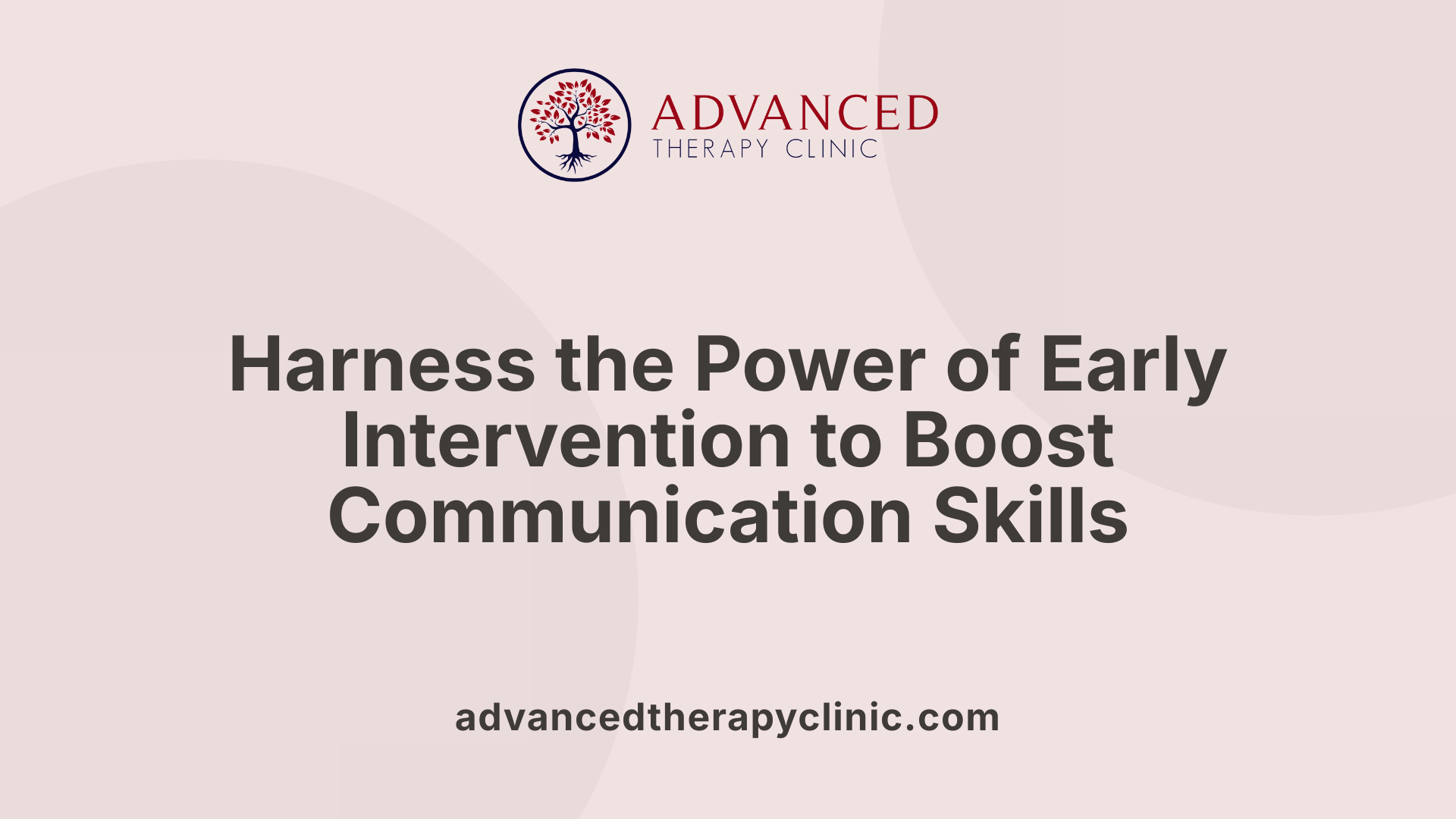
Why Is Early Intervention Critical for Communication Development?
Early intervention targets children from birth to age three, a period marked by rapid brain development and heightened neural plasticity. This timing is critical because it allows therapies to harness the brain’s natural ability to reorganize and adapt, leading to more effective improvements in communication, motor skills, emotional regulation, and social behaviors.
How Does a Team-Based, Play-Oriented Approach Support Therapy?
Early intervention employs a collaborative team approach involving speech-language pathologists, occupational therapists, physical therapists, developmental specialists, and social workers. Therapy is typically play-based, making it engaging and appropriate for young children. These interventions are designed to work within natural routines and environments, promoting skill generalization and motivation.
What Role Does Family Involvement Play in Therapy Success?
Family participation is vital for reinforcing therapy gains. Parents are encouraged to attend sessions, practice strategies at home, maintain consistent communication with therapists, and create supportive, structured environments. This ongoing involvement helps ensure that skills learned during therapy carry over into everyday life, enhancing communication and social development.
How Does Early Support Improve Long-Term Outcomes?
Studies show that early identification and targeted intervention significantly decrease future learning, social, and academic difficulties. Children who receive early therapy often develop stronger foundational language skills such as vocabulary expansion, gesture use, and following directions. This boosts confidence, independence, and overall functioning, setting a solid foundation for continued growth throughout childhood and beyond.
The Crucial Role of Families and Caregivers in Communication Development
Why is parental tracking and involvement important?
Parents and caregivers are vital in monitoring a child's developmental progress by tracking milestones and identifying any early signs of delays. Active involvement helps reinforce therapy goals, promote consistent learning, and builds the child's confidence.
How does home practice and engaging in play support communication?
Engaging children in play at home offers natural opportunities to practice language and social skills. Play-based activities align with therapy methods, encouraging gestures, vocabulary use, following directions, and turn-taking in an enjoyable setting.
Why are consistent routines and communication reinforcement necessary?
Creating daily routines that include structured communication moments helps children understand expectations and increases opportunities for practicing skills. Consistency from caregivers reinforces therapy concepts, aiding in generalizing skills beyond therapy sessions.
How does collaboration with therapists and professionals enhance outcomes?
Effective communication between families and therapy teams ensures that interventions are tailored to the child’s needs. Family members can share observations, receive coaching, and access resources. Therapists guide caregivers on strategies for home use, forming a partnership essential for sustained progress.
Screening, Monitoring, and Beyond: Ensuring Continuous Communication Growth

Recommended Screening Ages and Tools
Screening for developmental progress, particularly in communication, is recommended at key ages: 9, 18, and 30 months. Commonly used assessment tools include the Denver Developmental Screening Test and the Ages and Stages Questionnaires. These screenings help detect early delays in speech and language that may affect literacy and cognitive development later.
Pediatrician’s Role in Developmental Surveillance
Primary care providers play a central role in continuous monitoring of a child's development. They educate parents about milestones, observe progress during routine visits, and refer children for specialized evaluations or early intervention services when delays are suspected. This vigilant surveillance ensures timely identification and support.
Planning for Transitions After Early Intervention
As children approach three years of age, planning transitions from early intervention services to other educational or therapeutic programs becomes vital. This includes maintaining communication development gains through new goals and supports, often requiring collaboration among speech therapists, occupational therapists, and educators to ensure consistency and continued growth.
Resources Such as Free Screenings and Support for Families
Families are encouraged to utilize available resources including free developmental screenings and consultations. Virtual clinic tours and in-person visits allow families to choose appropriate therapy providers and prepare for individualized programs. Support networks and educational materials further empower parents to actively engage in their child’s developmental journey, strengthening outcomes through informed partnership.
Supporting Every Child's Communication Journey
Recognizing and supporting communication milestones is essential for a child's overall development and future success. Early detection of delays, combined with tailored therapy interventions and active family engagement, fosters improved communication, social skills, and confidence. With collaborative efforts from healthcare providers, therapists, and families, children can navigate their unique developmental paths with the strongest possible foundation.
References
- Common Developmental Milestones and When to Seek ...
- Development Milestones - StatPearls - NCBI Bookshelf - NIH
- Developmental Therapy
- OT, PT, Speech vs. ABA: Early Intervention | MPG
- Early Intervention Speech Therapy for Children
- Understanding ABA, Speech, and Occupational Therapy
- Is It Time To Explore Pediatric Therapy? Recognizing ...
Recent articles

Dairy And Autism
Exploring Dietary Dynamics in Autism: The Role of Dairy and Beyond
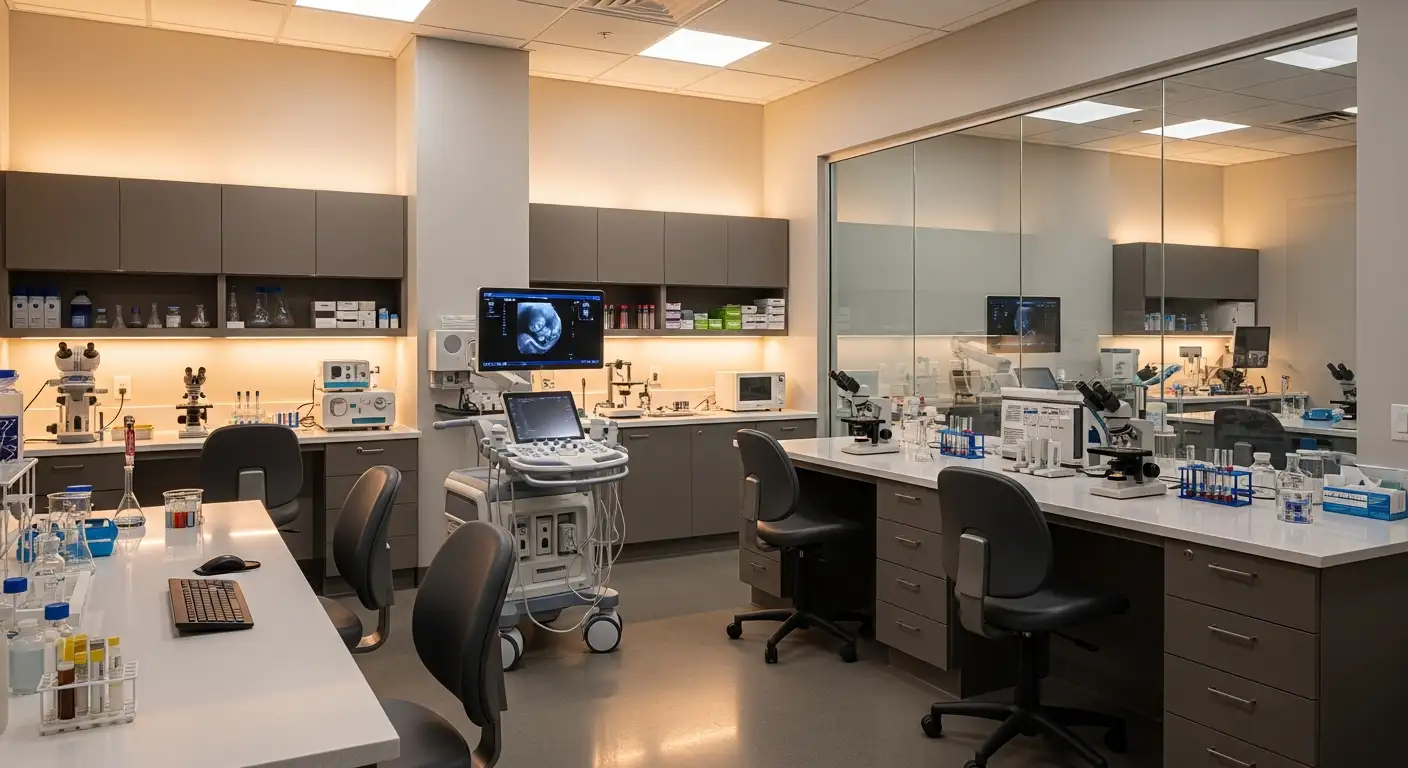
Lead Exposure & Fevers During Pregnancy Lead to Autism
Exploring the Impact of Prenatal Environmental Factors on Autism Spectrum Disorder Severity

Providing Coping Strategies Through Counseling for Teens
Empowering Teens with Essential Coping Skills through Counseling
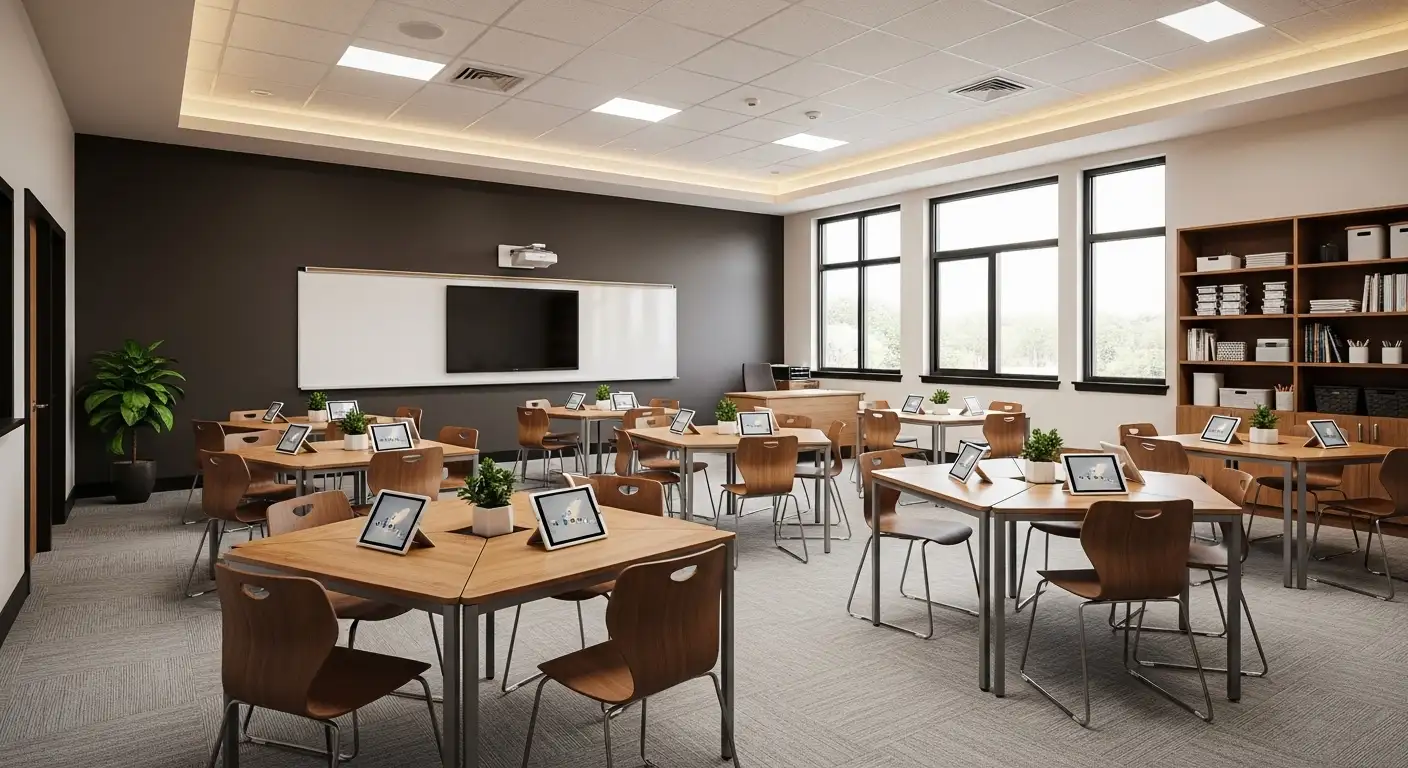
How Behavior Analysis Helps Children with Impulse Control Issues
Unlocking Calm: The Science Behind Behavior Analysis in Managing Impulsive Actions

Benefits of Art Therapy for Autism
Exploring Creative Pathways: How Art Therapy Enhances Lives of Children with Autism
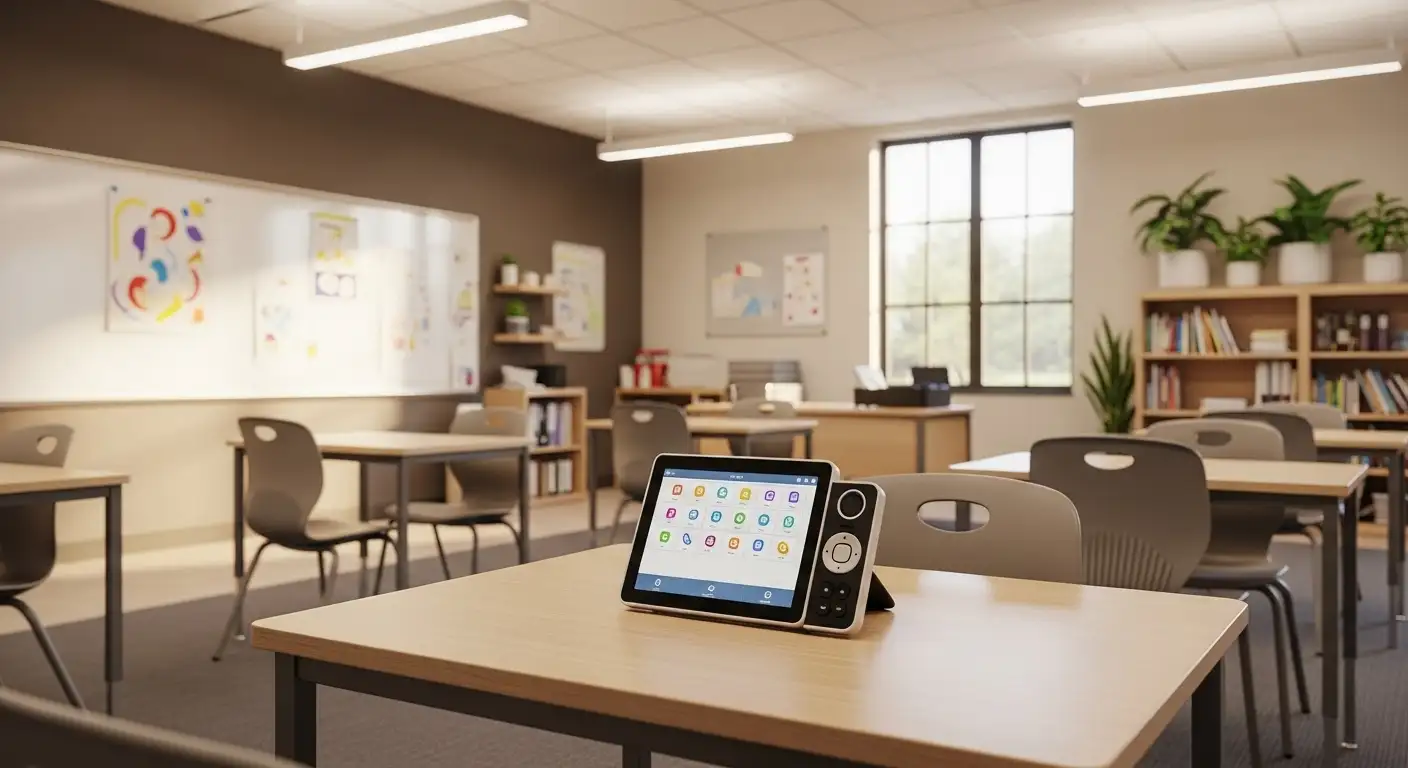
Tips for Encouraging Speech Device Usage in Daily Life
Empowering Communication: Integrating Speech Devices Seamlessly at Home and Beyond


